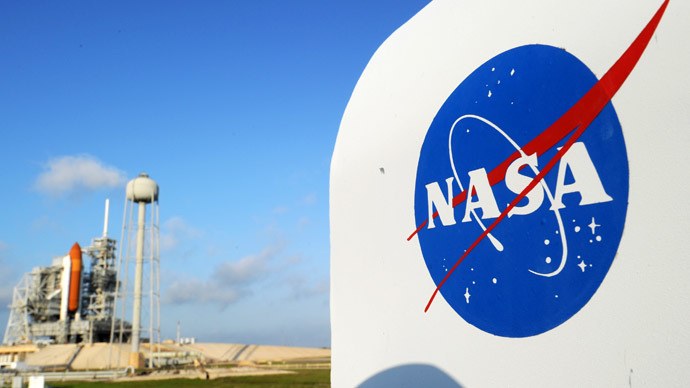NASA built $349mn facility for already closed space program

In what some see as symbolic of an often-aimless space program, NASA was allowed to complete construction of a $343-million rocket-testing tower in Mississippi even after the structure’s mission was cancelled in 2010.
The A-3 test stand, which will require $700,000 a year to maintain despite its lack of utility, was finally finished in June near Gulfport, Mississippi after about seven years of work.
Yet, as The Washington Post reported, the “mothballed” test tower that was supposed to aid NASA astronauts in future trips to the moon and, possibly, Mars was scrapped when President Barack Obama cut the Constellation program from NASA’s budget, officially lowering the nation’s increasingly-sober space ambitions.
A study commissioned by the Obama administration found that, with its current budget, NASA would not be able to put a man on the moon until the 2030s. Meanwhile, NASA says no astronaut will reach Mars until that same decade, at the earliest.
The projected cost of the test stand was initially $119 million, but the price tag kept rising and plans to return to the moon seemed less likely by the time Obama called for an end to the program in 2010.
"You lock the door, so nobody gets in and hurts themselves," Daniel Dumbacher, a former NASA official who helped guide the project, told The Post.
Douglas Cooke, the NASA official charged with making the decision whether to stop the tower’s construction, told The Post that he kept the project going in 2010 based on what could have been a future use for the site and the ongoing support from Congress.
“If we just stopped work on it, in the middle, it was going to be a pretty high recovery cost, to go back and restart it,” he said. “So we just decided to go ahead.”
Politicians in Washington, who had long treated NASA as a playground for pet spending projects, conjured up what they called a “Space Launch System” to replace Constellation - or, more aptly, to buoy construction plans in their districts.
US Sen. Roger Wicker, of Mississippi, was able to keep the Gulfport test tower under construction despite no apparent need for the massive structure.
“Administrations come and go. I think it makes sense not to leave a partially constructed asset sitting there,” Wicker told The Post.
“I do believe, a decade from now, we’ll look back and see that it has been used in a very positive way,” though Wicker could not name a NASA program that would be able to use it.
To many, the tower is considered NASA’s “monument to its drift,” as The Post dubbed it, acknowledging the contemporary lost sense of purpose of an agency that put an astronaut on the moon seven years after President John F. Kennedy raised the stakes in the Cold War-era space race with the Soviet Union.
“There’s no ‘why’” in NASA anymore, said Lori Garver, the second-in-command at the agency from 2009 to 2013.
Now, there is only “how,” she said, or a sense that something big has to be done.
“And the ‘how’ is all about the [construction] contracts and the members of Congress,” she added, referring to pork projects that members of Congress have proposed amid NASA’s mission drift.












